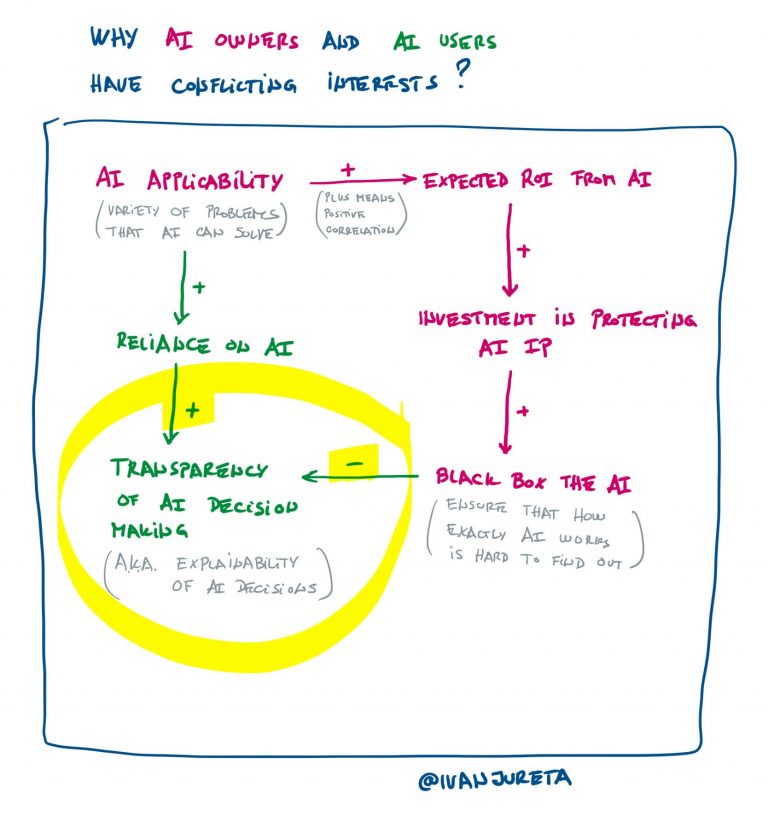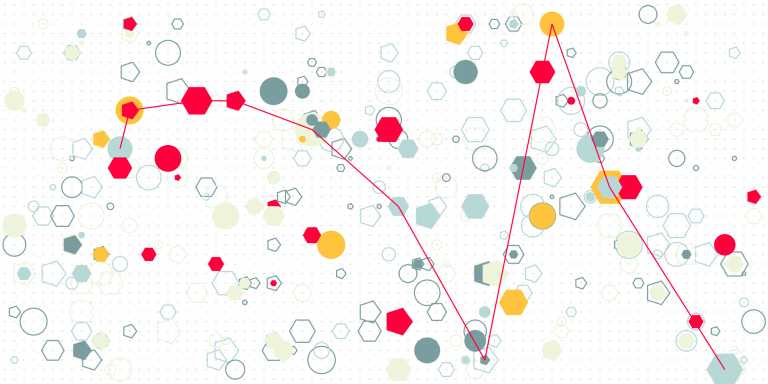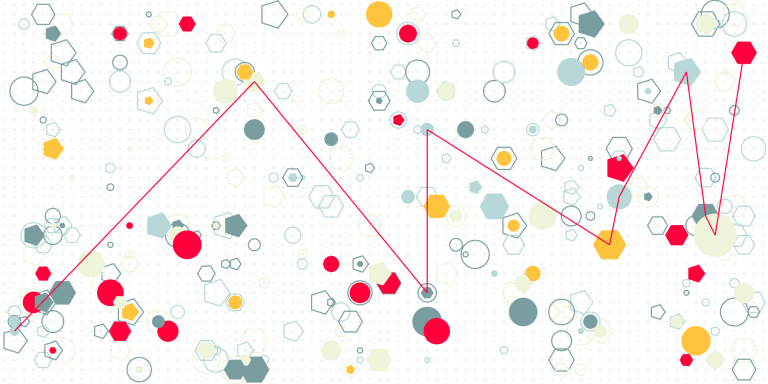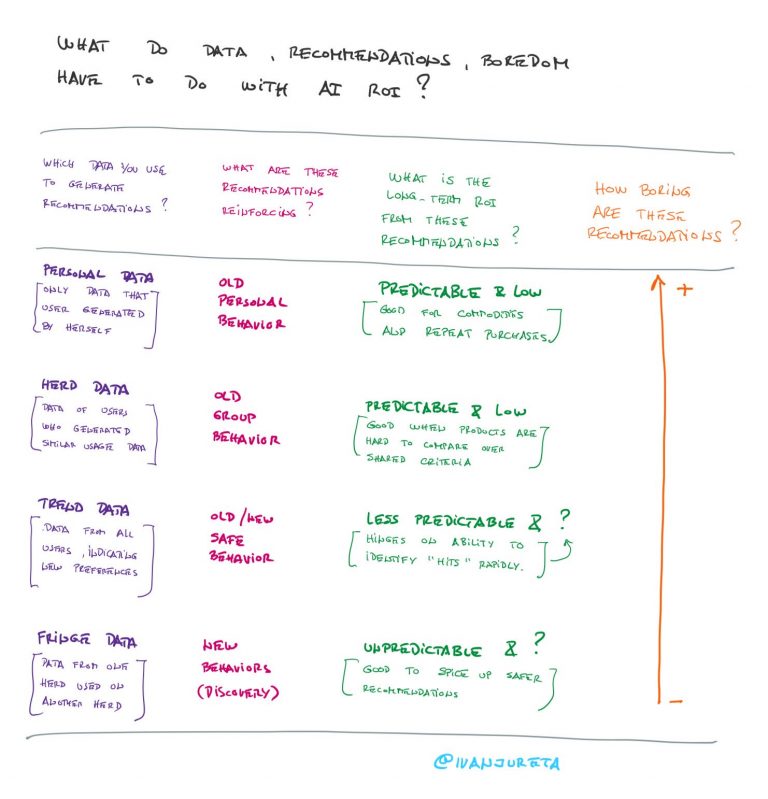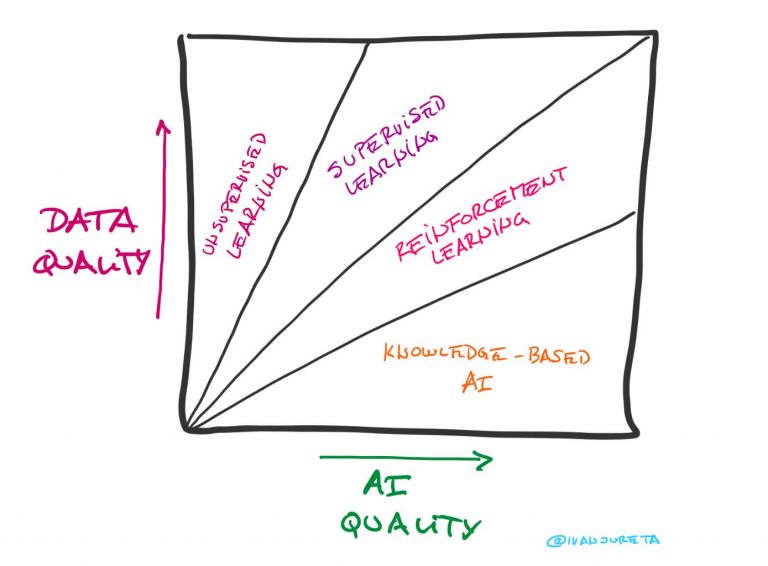AI for the sake of AI :-) L’art pour l’art

Just like l’art pour l’art, or art for the sake of art was the bohemian creed in the 19th century, it looks like there’s an “AI for the sake of AI” creed now when building general-purpose AI systems based on Large Language Models.
Let’s say that the aim for a sustainable business are happy, paying, loyal customers, who use well made, reliable products and services. If high quality, reliable products were the motive, there would be more attention in companies commercializing LLM based AI systems on, at the very least, the training data, or more broadly, quality assurance. It would not be as hard as it currently looks to simply apply rigor when going to market, something they do for their other products. Instead, there’s the wait for AI regulations to impose some minimal quality thresholds – or, perhaps more harshly put, to wait for failures and incidents to make AI regulations unavoidable. The idiom digging one’s own grave comes to mind.
The comical parallel between Art for art’s sake and the current LLM-based AI developments, is that both seem to be done for reasons that can be easily misinterpreted.
The controversy related to the painting, “Nocturne in Black and Gold – The Falling Rocket“, is an example of that misunderstanding:
“This work [‘Nocturne in Black and Gold – The Falling Rocket’], which is a depiction of a fireworks display in London’s Cremorne Gardens, is probably [James Abbott McNeill] Whistler’s most infamous painting. It was the central issue of a libel suit that involved the art critic John Ruskin and the artist. Ruskin had publicly slandered the work by making the statement, ‘I have seen, and heard, much of cockney impudence before now; but never expected to hear a coxcomb ask two hundred guineas for flinging a pot of paint in the public’s face.’ Whistler won the libel suit; however, he was awarded only the token damages of one farthing. This is one of Whistler’s many ‘Nocturnes,’ which are characterized by a moody atmosphere, a subtle palette, and overall tonalist qualities.” [1]
The critic, Ruskin, seems to have been stuck on seeking specific qualities from the painting, as well as other Whistler’s works [2]. Ruskin clearly didn’t (want to) appreciate that “As part of the Art for Art’s Sake movement, the artwork seeks to provide complex emotions that go beyond the technicalities of the imagery. Whistler believed that certain experiences were often best expressed by nuance and implication.”
The parallel with current LLM-based AI, is that they seem to be made because of a combination of curiosity and profit, instead of well defined function: curiosity, because it was by building increasingly more complex LLMs that systems based on them became useful in unexpected ways, after all, OpenAI started as a private research project; profit, because there are ways to turn hype into liquidity.
Note that curiosity was there since the early days of AI research, but can only be realized now because of a convergence of trends that have been maturing over several decades: natural language processing research, deep learning research, very large datasets available at low cost (Common Crawl is an example), cloud computing, and steadily decreasing cost of computational resources.
In the essay “The Poetic Principle”, Edgar Allan Poe argued that a poem should be written for a poem’s sake, and wrote the following:
“To recapitulate, then: I would define, in brief, the Poetry of words as The Rhythmical Creation of Beauty. Its sole arbiter is Taste. With the Intellect or with the Conscience, it has only collateral relations. Unless incidentally, it has no concern whatever either with Duty or with Truth.”
Might LLM-based AI products be collateral damage of lavishly funded curiosity? It would be less confusing if LLM-based AI products were not called products.
References
- Detroit Institute of Arts, Nocturne in Black and Gold, the Falling Rocket, 1875, James Abbott McNeill Whistler, https://dia.org/collection/nocturne-black-and-gold-falling-rocket-64931
- Wikipedia, Nocturne in Black and Gold – The Falling Rocket, https://en.wikipedia.org/wiki/Nocturne_in_Black_and_Gold_%E2%80%93_The_Falling_Rocket
- Wikipedia, The Poetic Principle, https://en.wikipedia.org/wiki/The_Poetic_Principle
